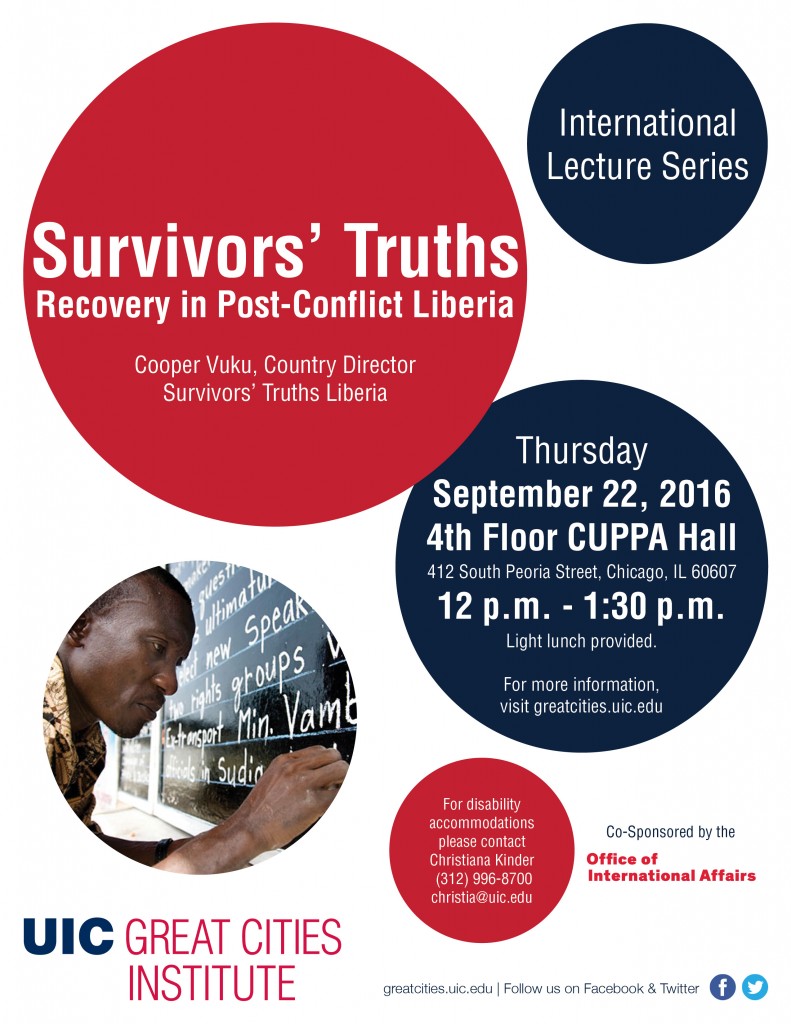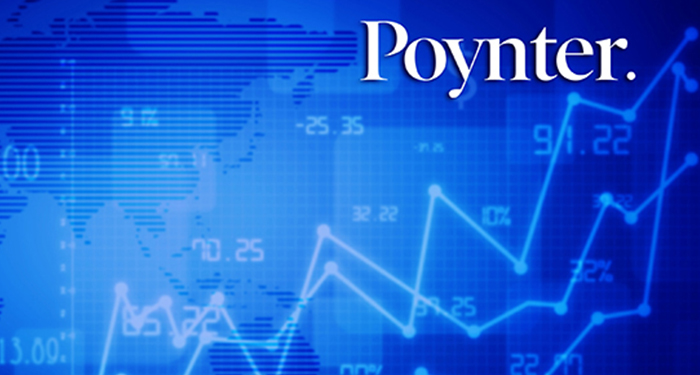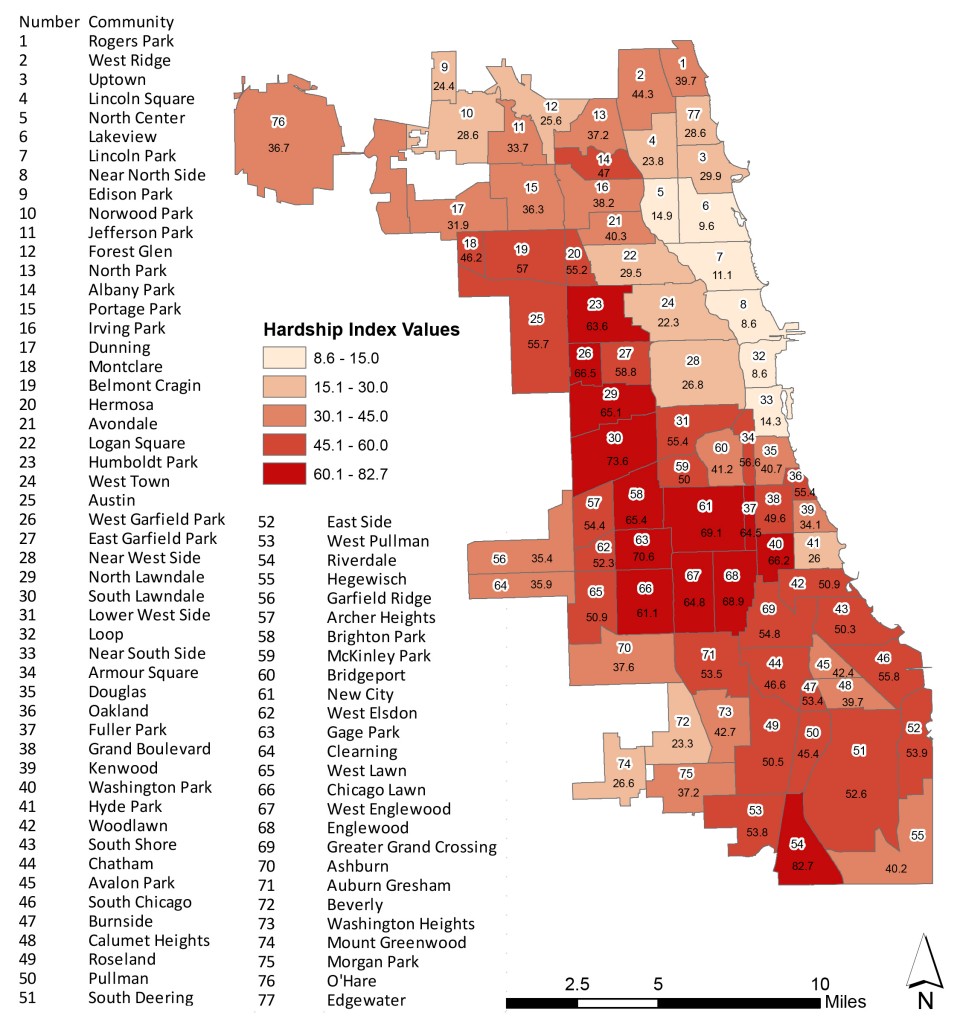A USA Today story about Mayor Rahm Emanuel’s newly announced plan to reduce Chicago violence cites findings from a January 2016 UIC Great Cities Institute report on youth joblessness in Chicago.
An estimated 47% of the city’s black youth, between the ages 20-24, are neither in school nor employed, according to a report from the University of Illinois at Chicago’s Great Cities Institute. Under the new mentoring program, a public-private partnership, all young people in the city’s 20 most impoverished neighborhood would have an opportunity to be mentored.





